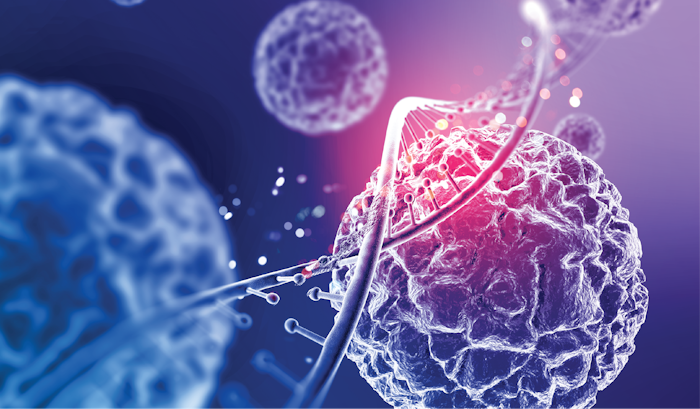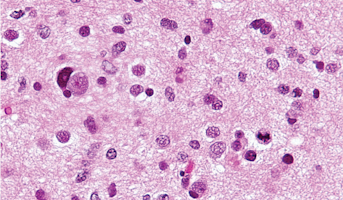Disclosing Chromatin Accessibility in Brain Tumor Cells after Treatment by Cracking a 'Nucleosomal Code'
Email Principal Investigator

Jakub Mieczkowski
CBTN Specimen
CBTN Participants
CBTN Pre-clinical Models
Backer
OPUS 14 grant from the National Science Centre
About this
Project
Pediatric high-grade gliomas (pHGG) are amongst the most challenging cancers to treat. Importantly, pediatric tumors often accumulate mutations in epigenetic (non-gene influences on genes) pathways, most commonly in histone H3, a protein responsible for packing DNA together. The packed and coiled DNA is referred to as chromatin. The main goal of this project is to identify the epigenetic changes involved in the response to particular treatments in pediatric brain cancer cells. Epigenetic changes are changes to gene expression that do not involve a change to the DNA itself. Direct analysis of the chromatin landscape in pediatric cancer cells will provide insights into tumor epigenetics. This project will utilize rare samples from the Children’s Brain Tumor Network and a novel approach that has never before been applied to study mechanisms of response to cancer treatment. The results of this work will help to better understand mechanisms that contribute most to the success of combined therapies for pediatric HGGs.
Ask The
Scientists
What are the goals of this project?
Researchers are looking to study the epigenetic factors that are involved in tumor response to cancer treatment.
What is the impact of this project?
Better understanding tumor response to treatment will inform new therapeutics and novel therapy combinations.
Why is the CBTN request important to this project?
This project requires rare, high quality specimens only available through the Children’s Brain Tumor Network.
Specimen Data
The Children's Brain Tumor Network contributed to this project by providing cell lines.
Meet The
Team
Jakub Mieczkowski, Project Manager and Bioinformatician
Katarzyna Leszczynska, Post-doc
Bozena Kaminska, Lab Head


